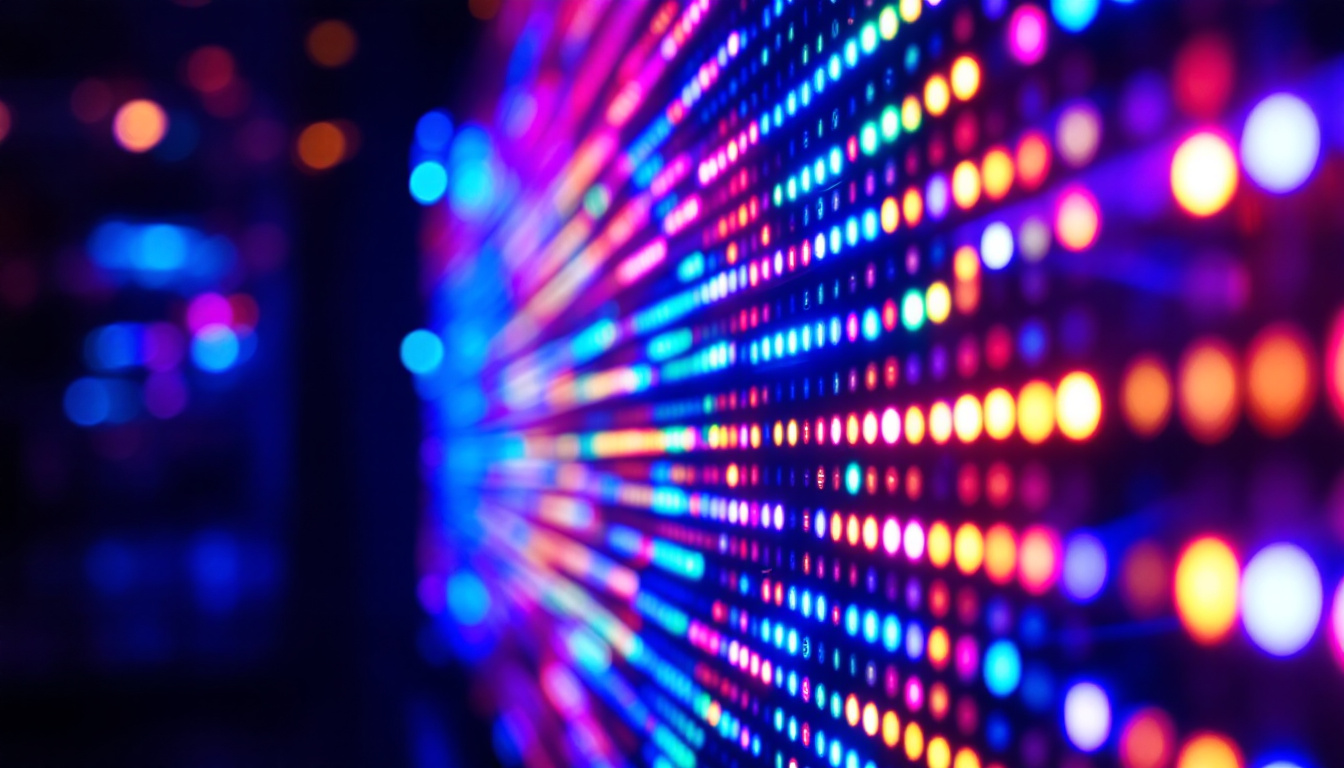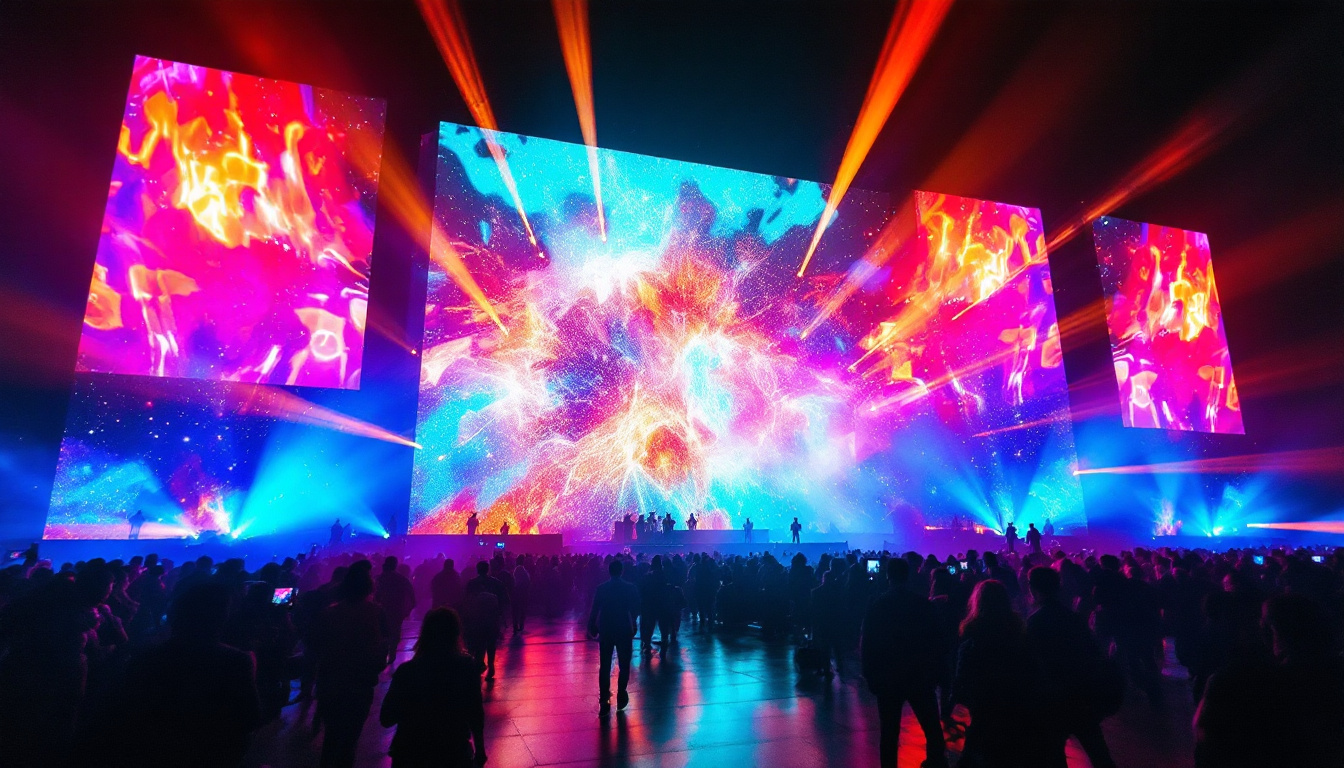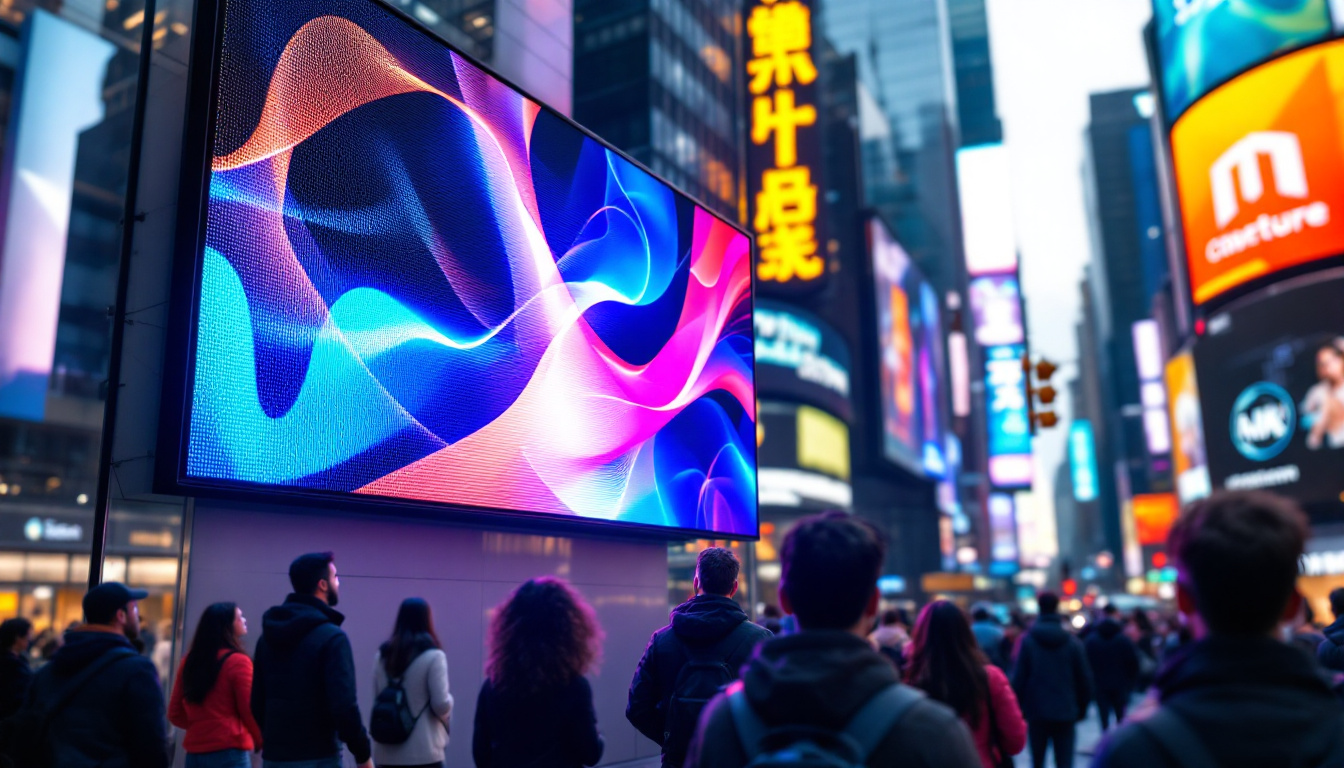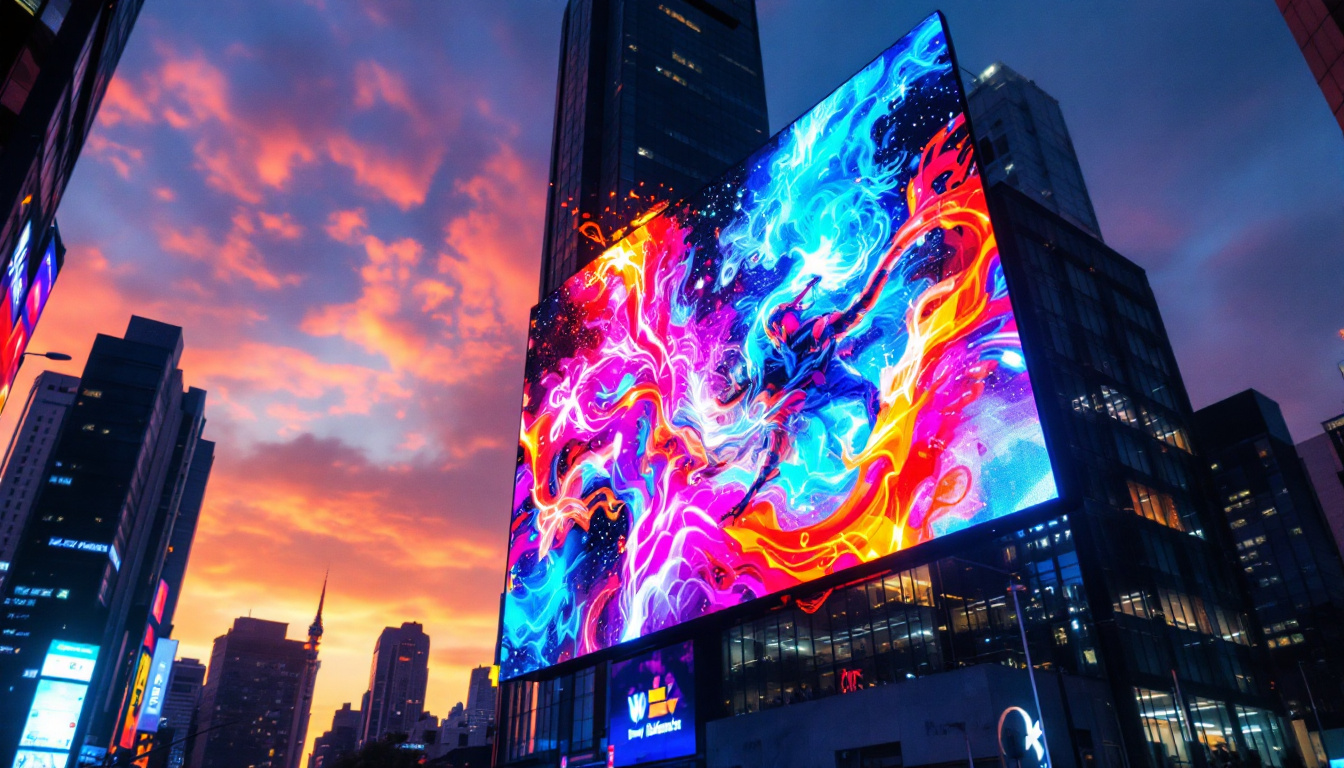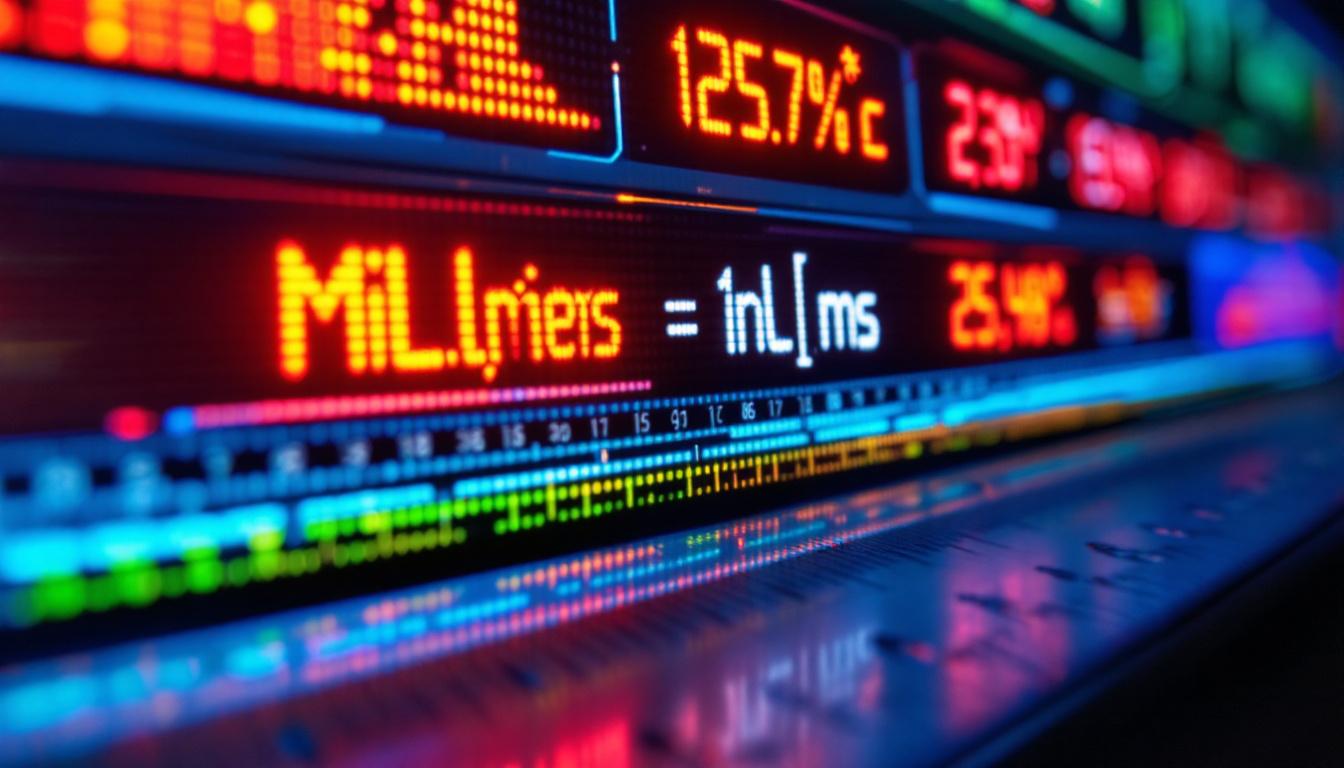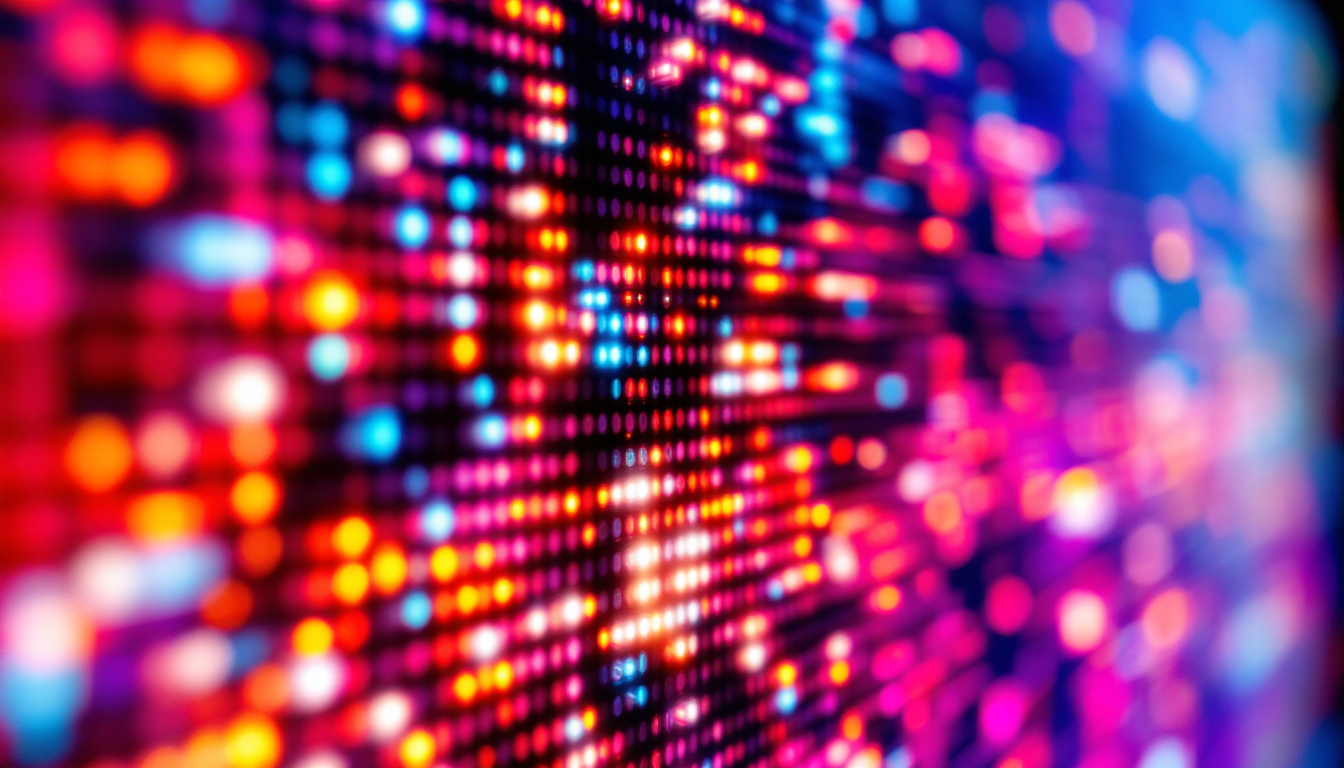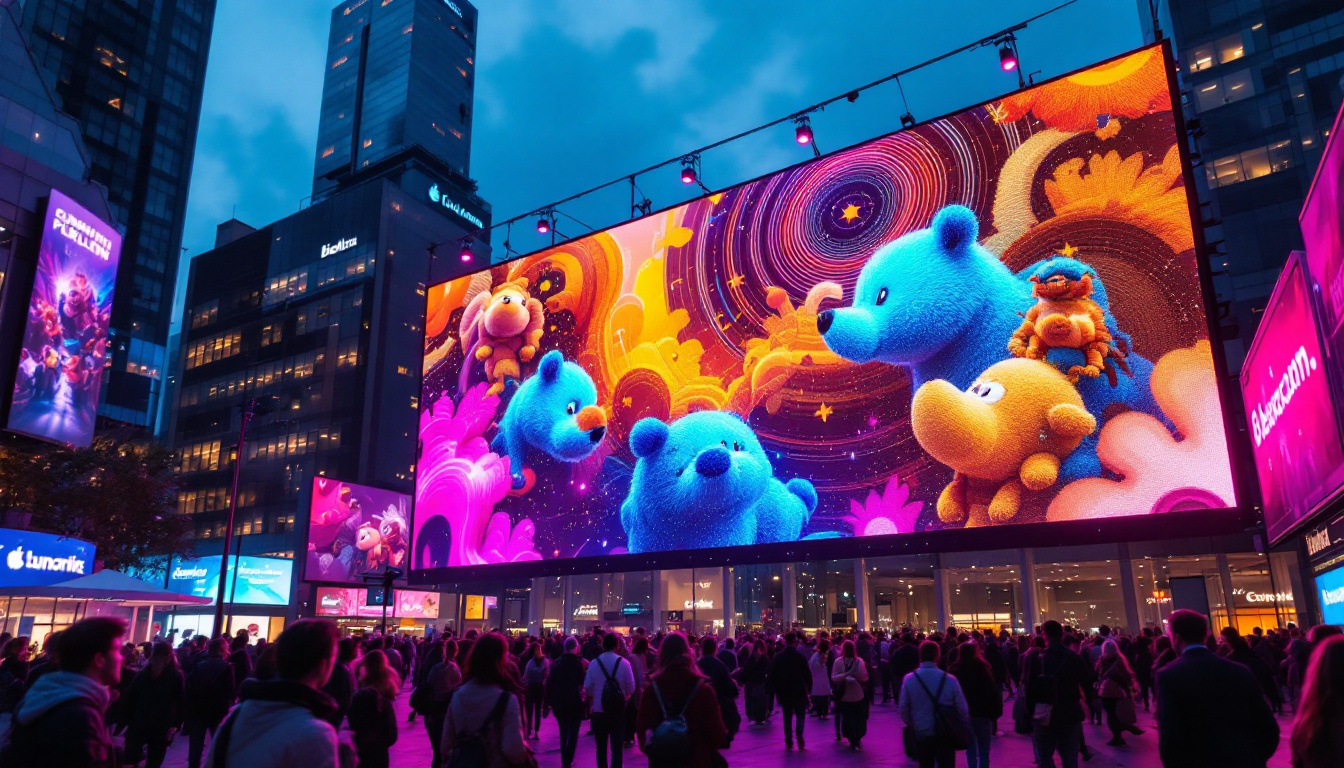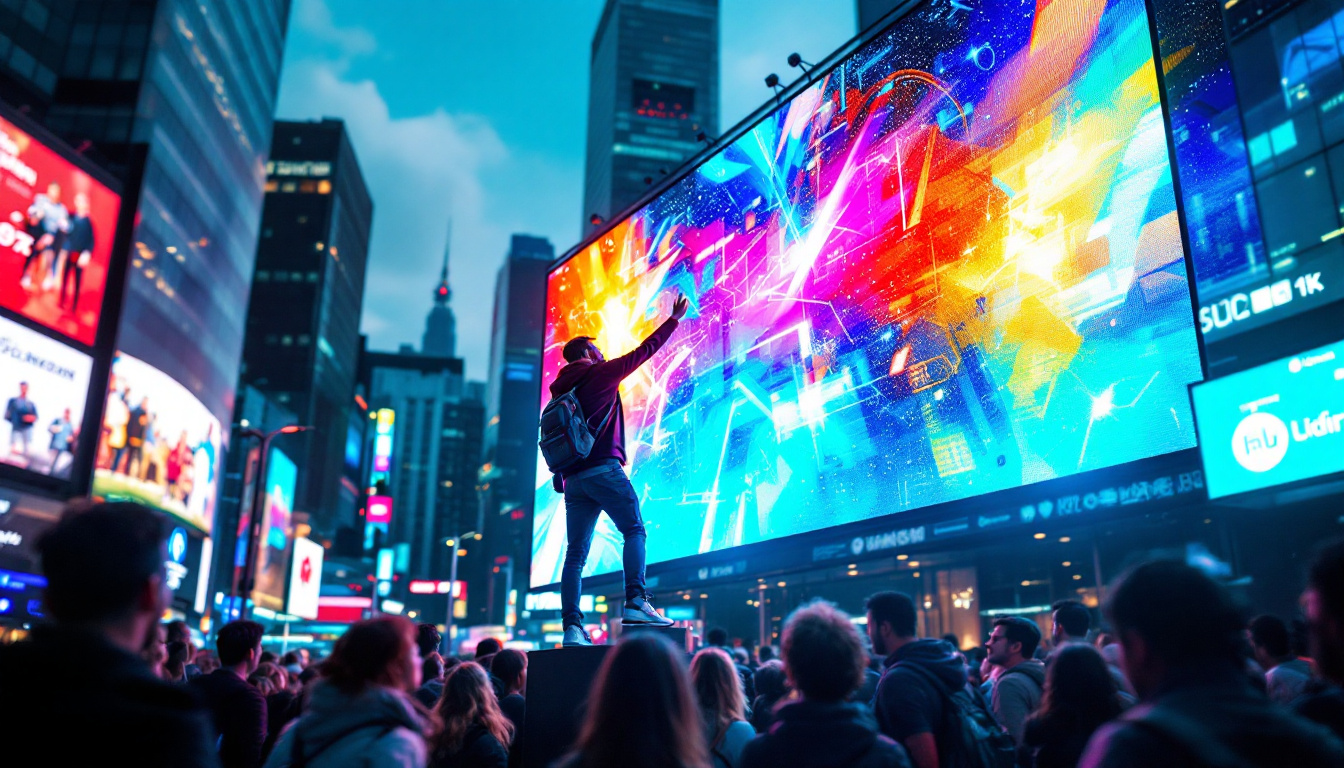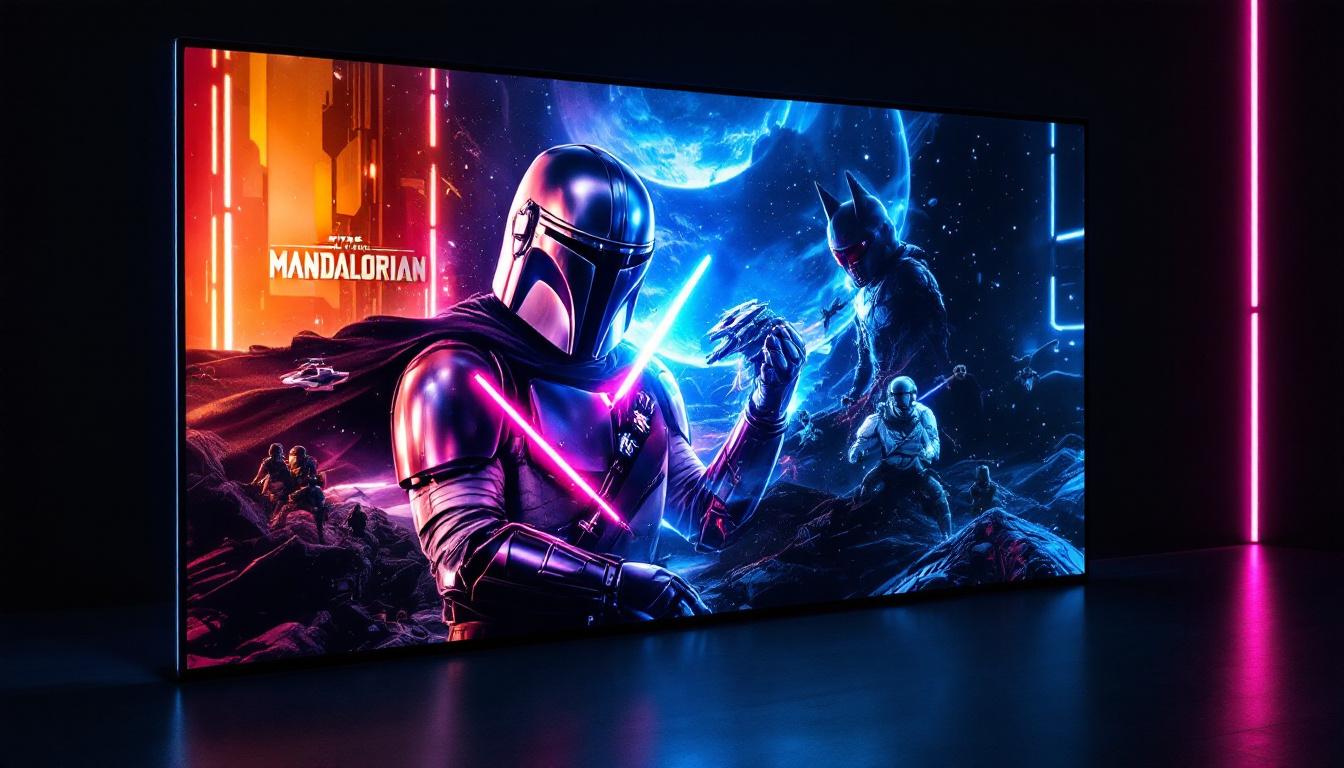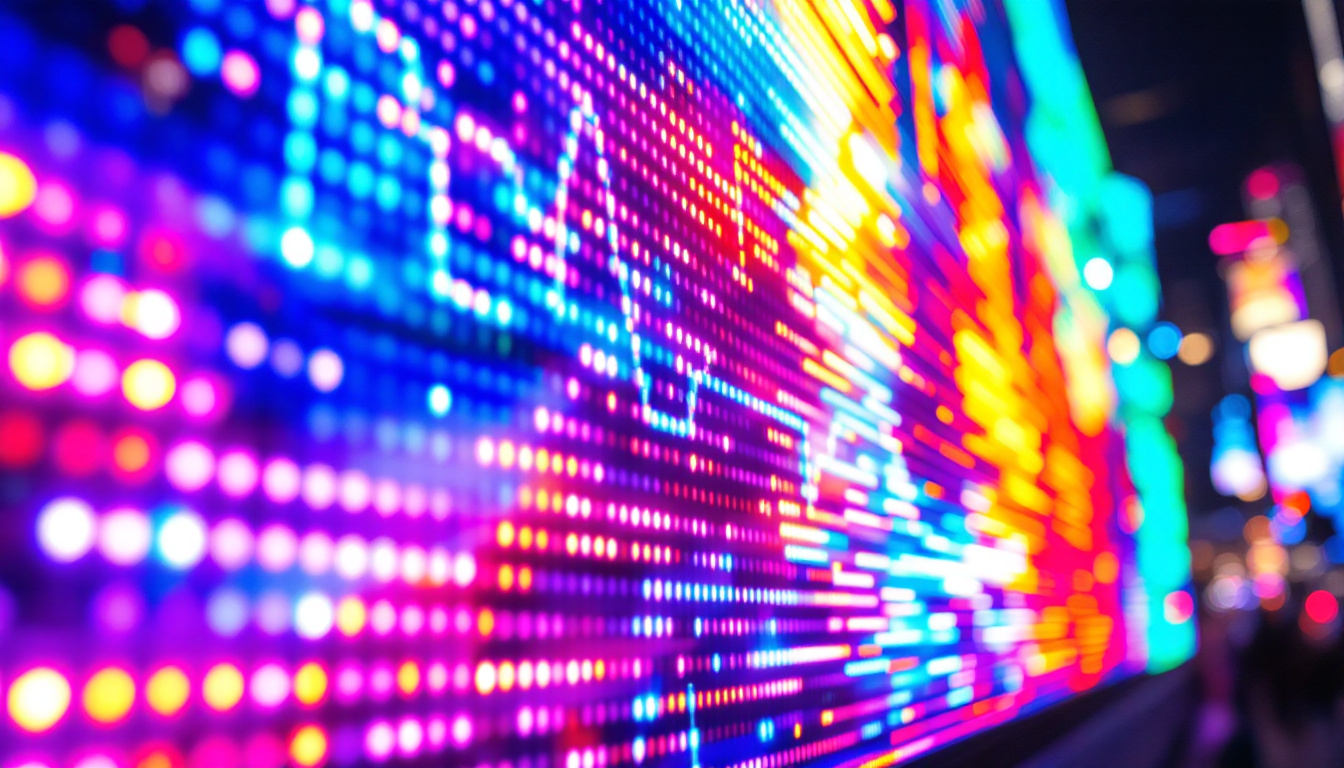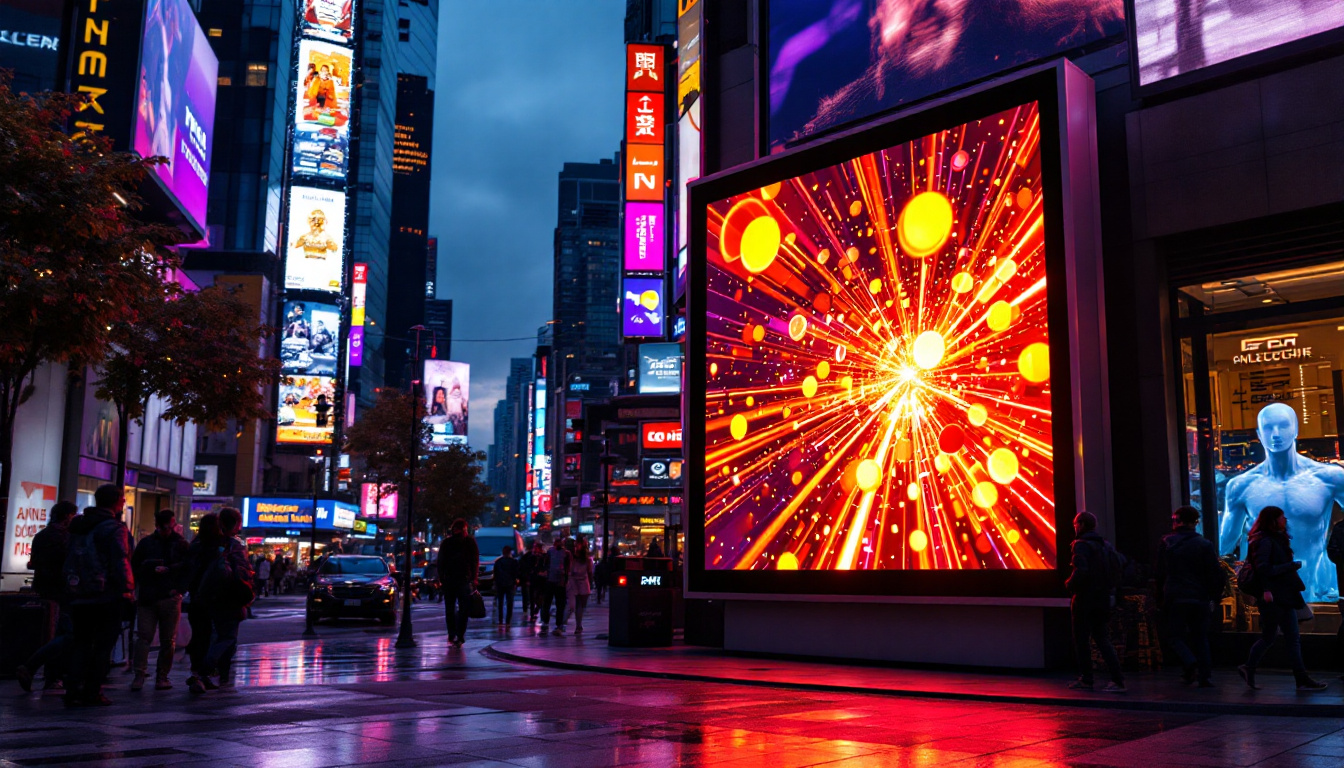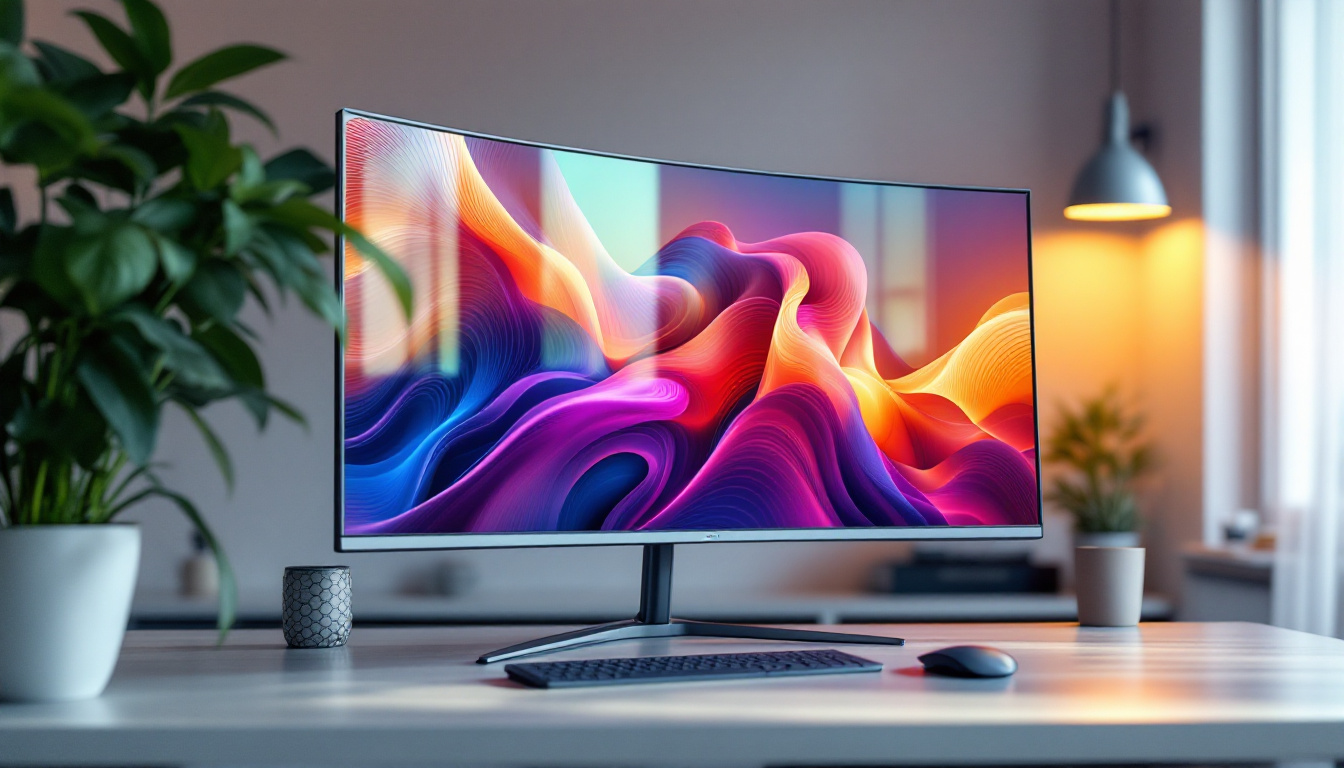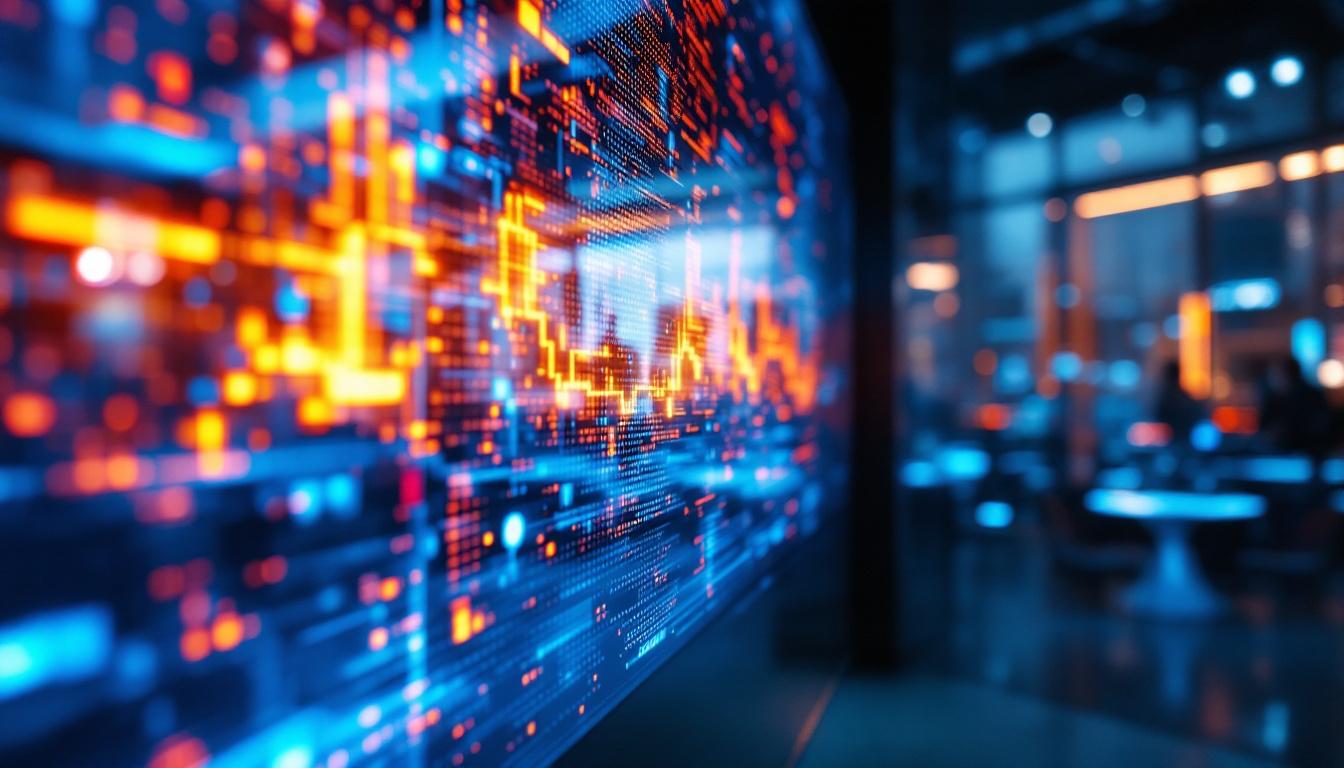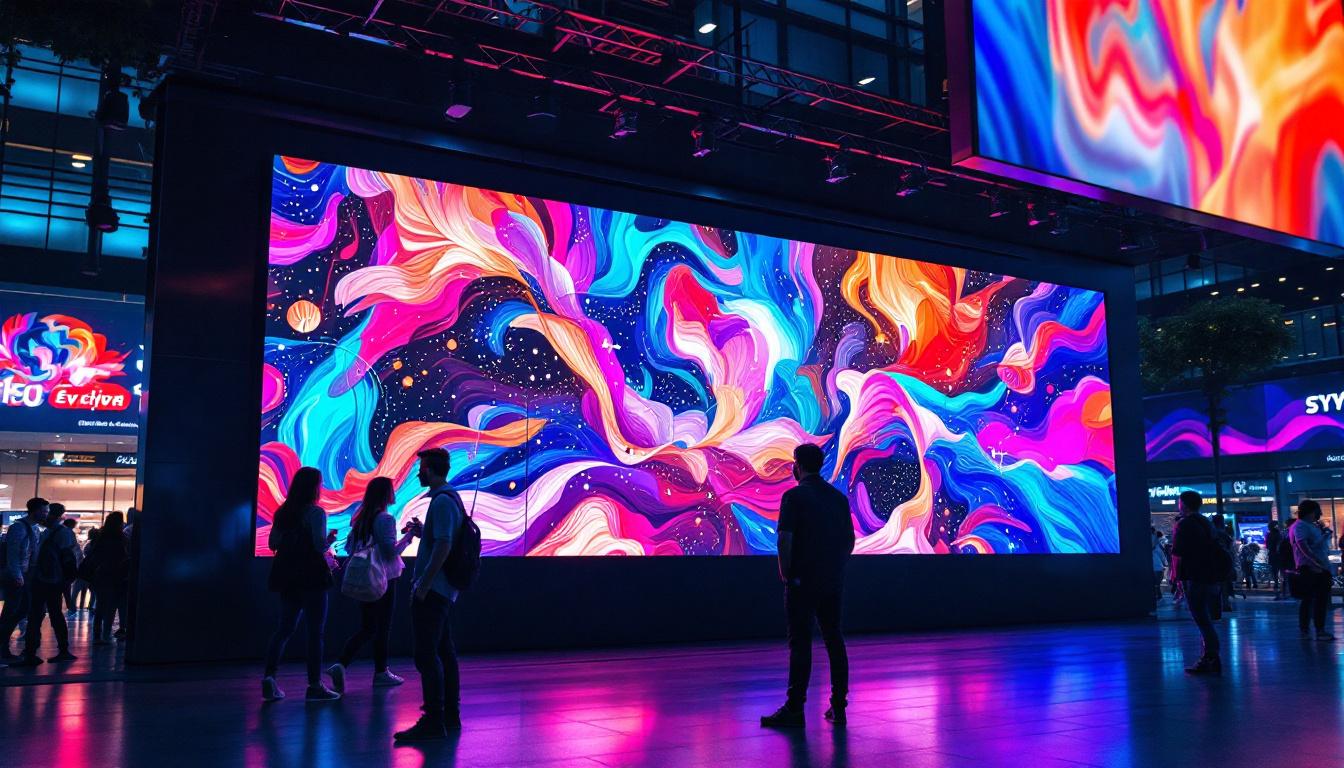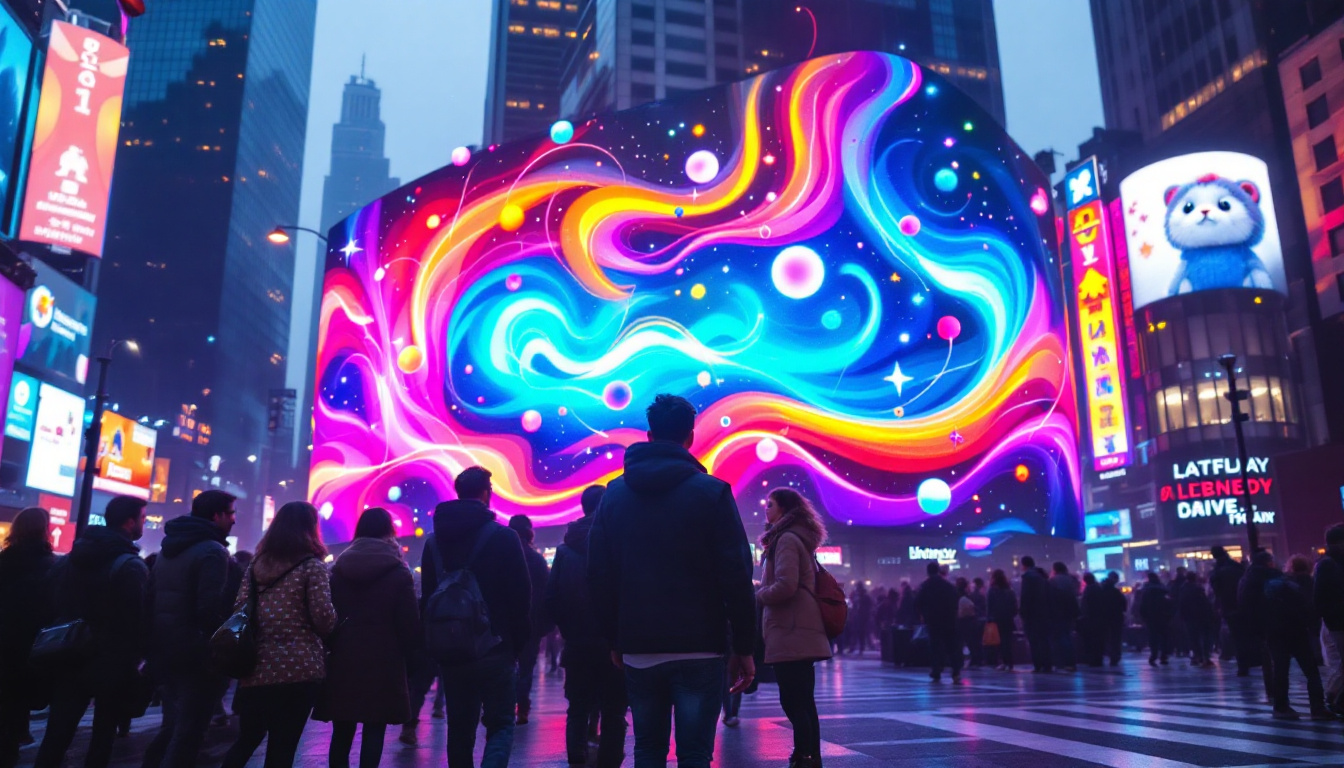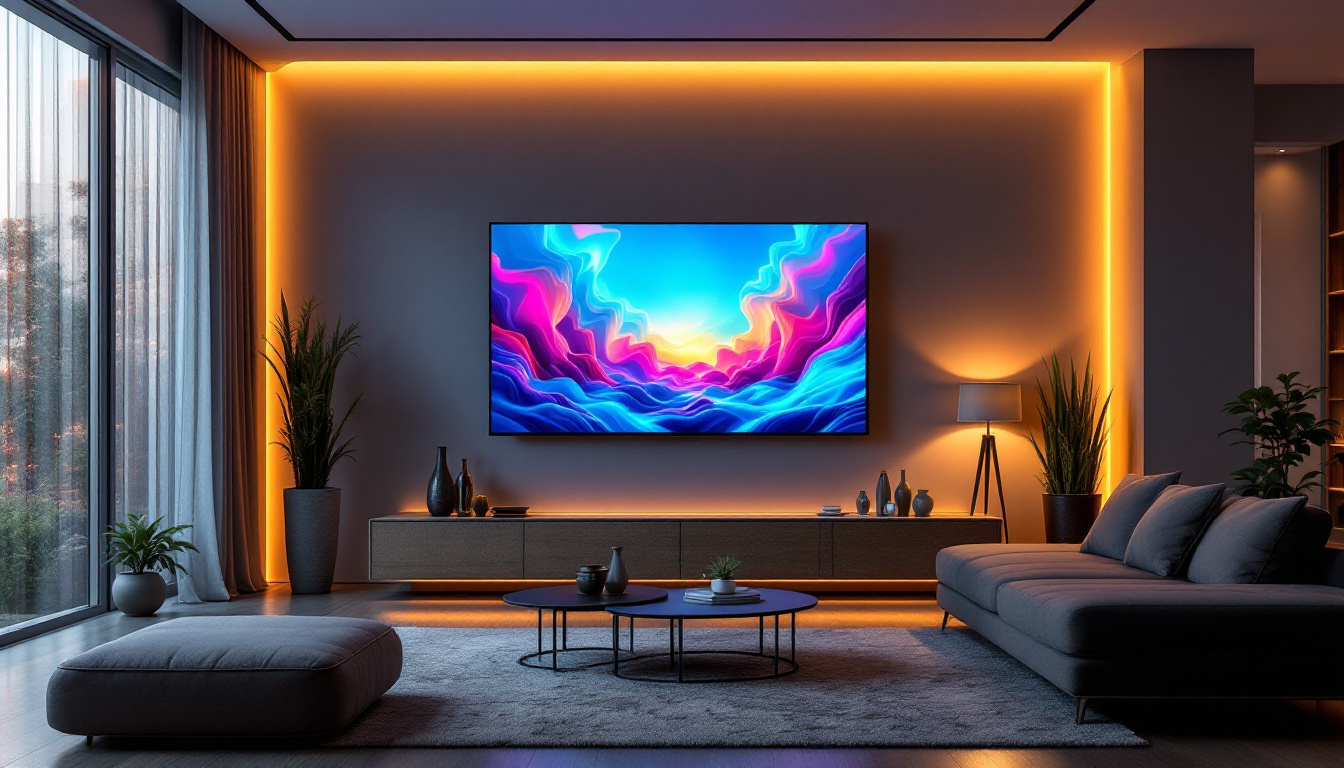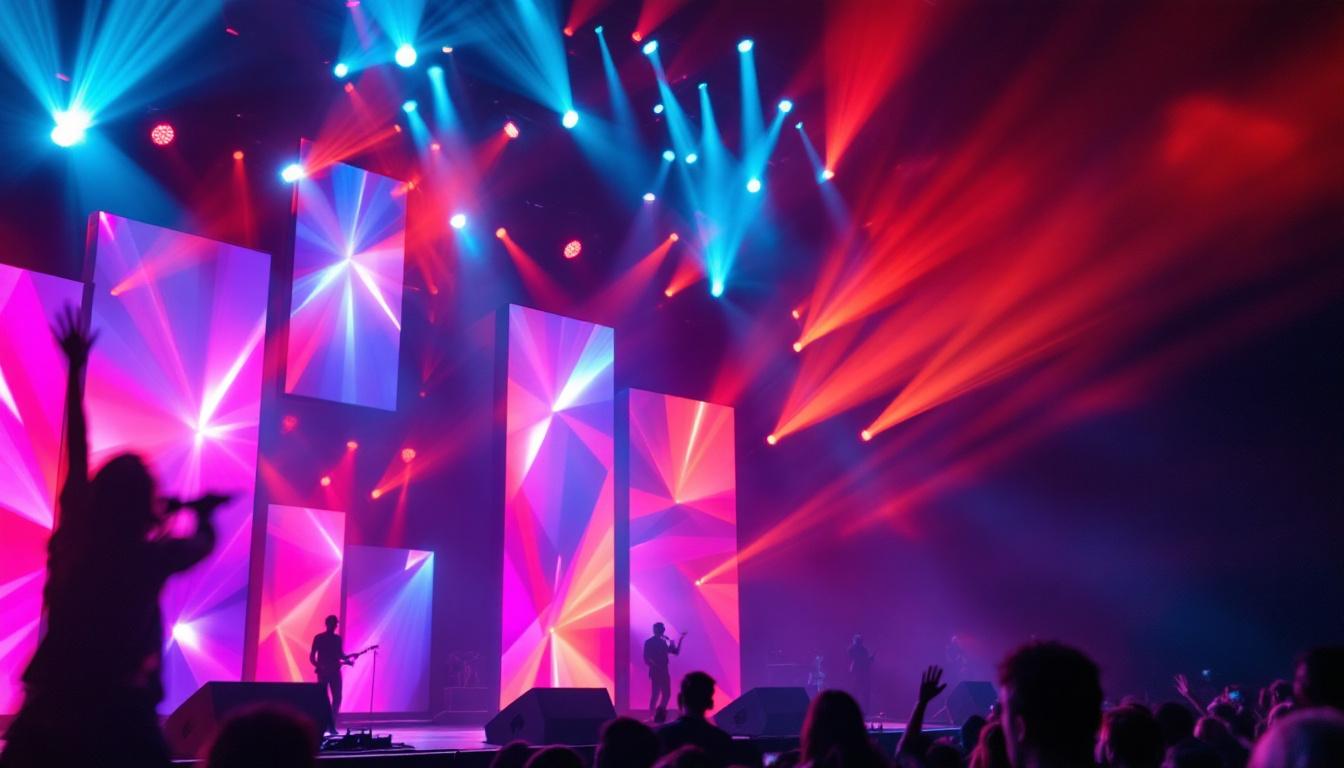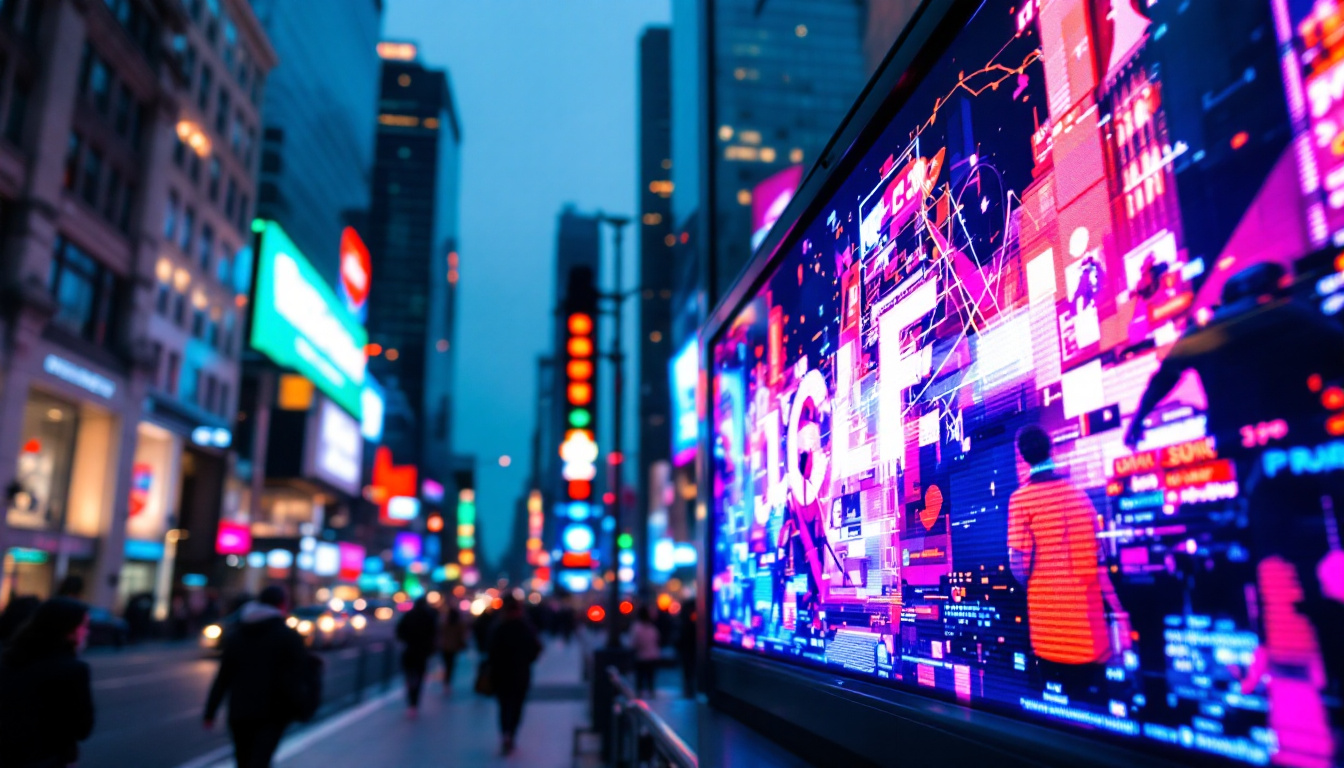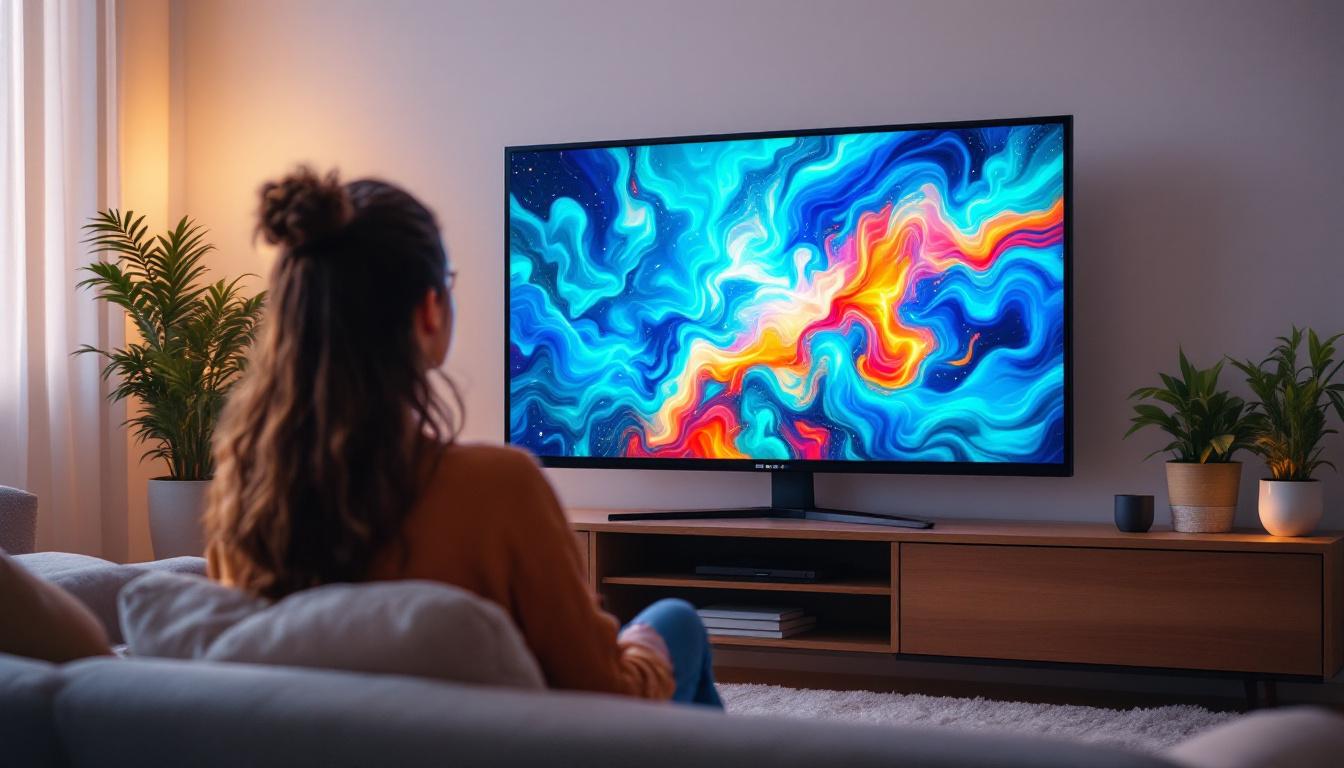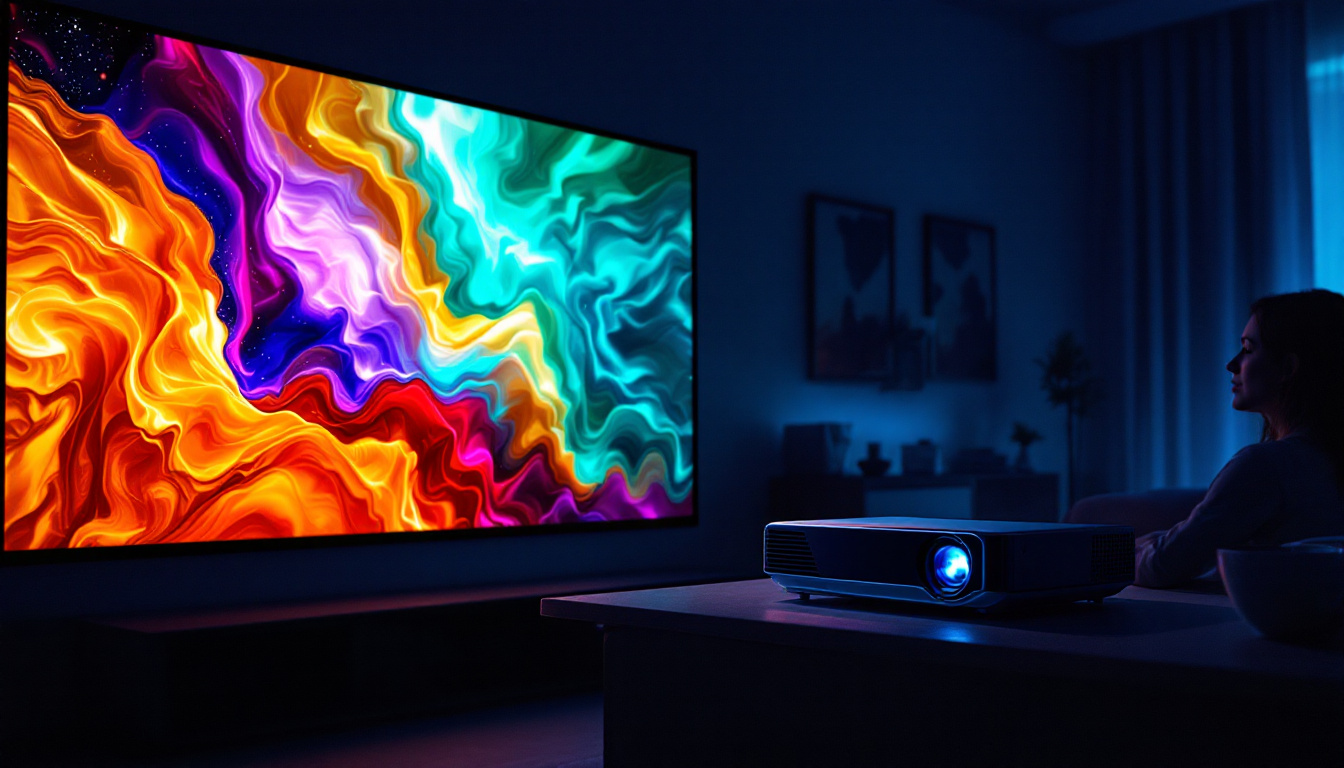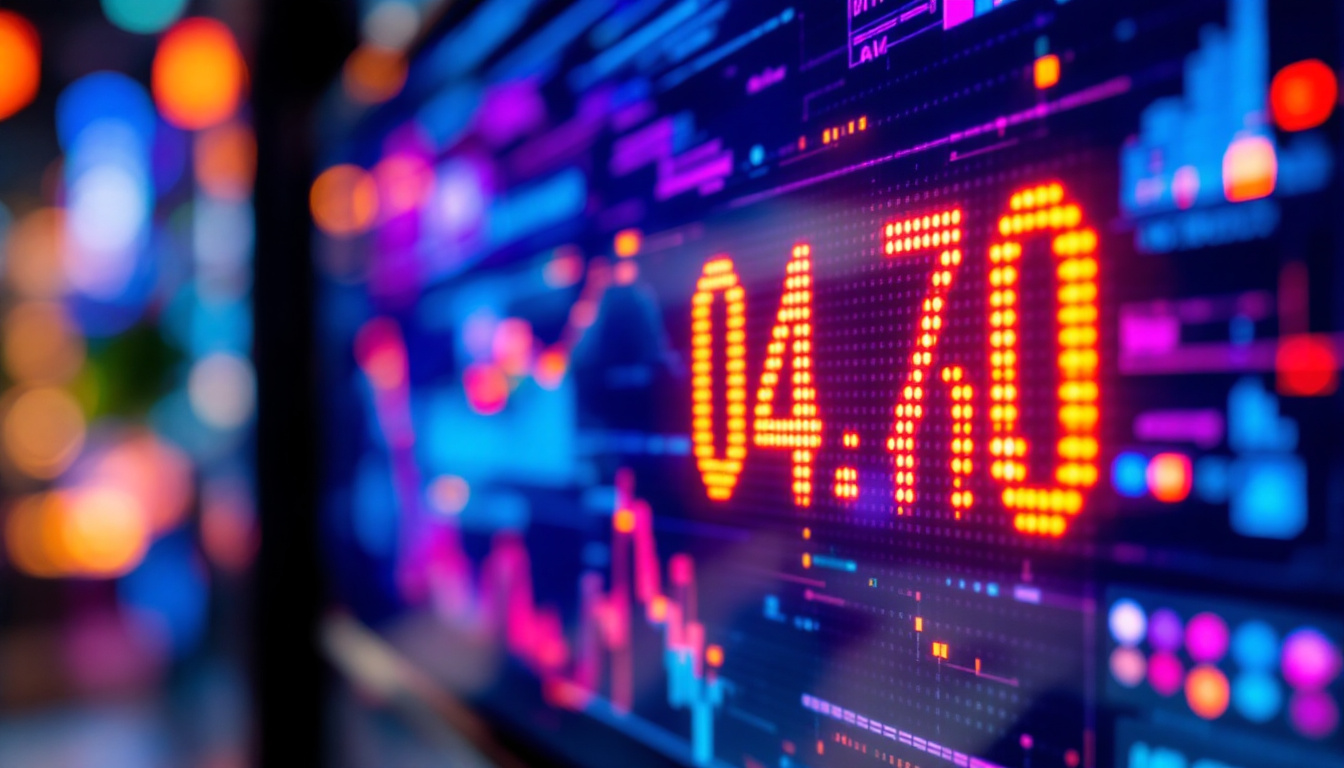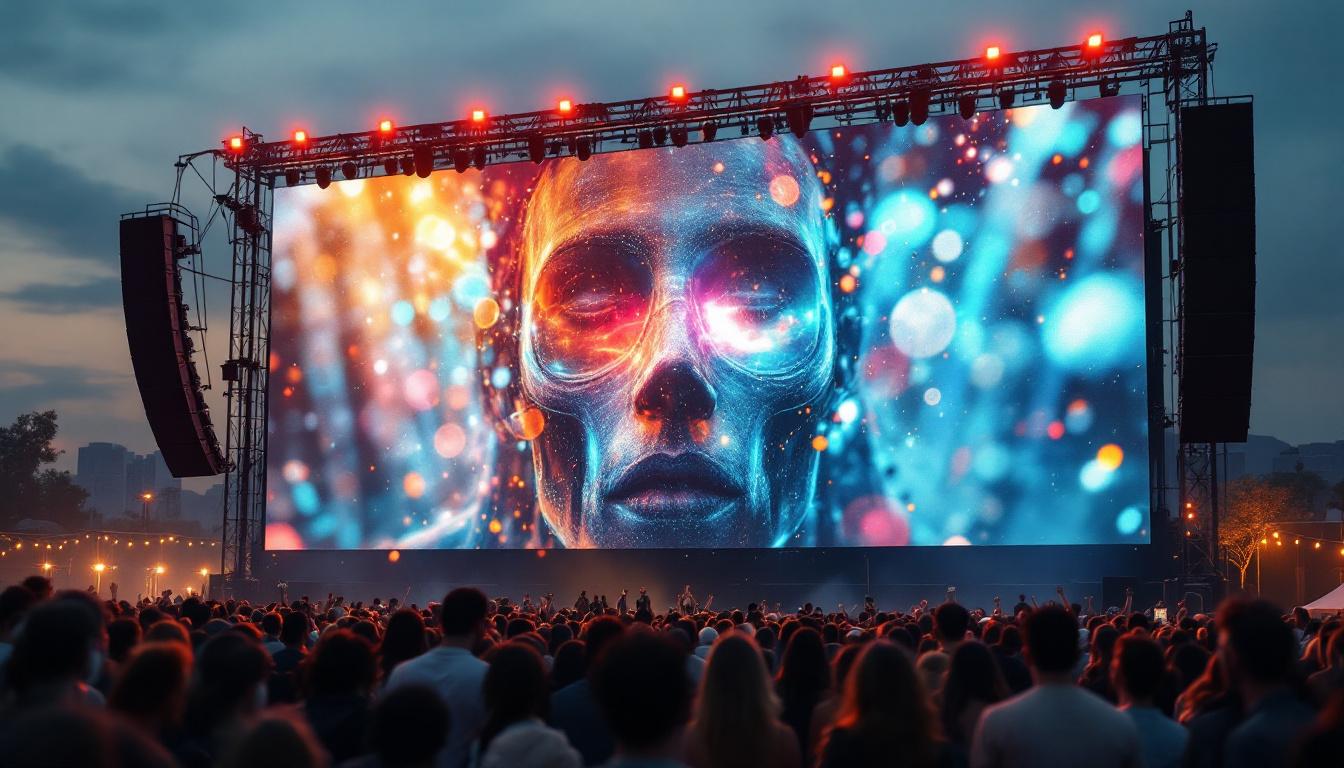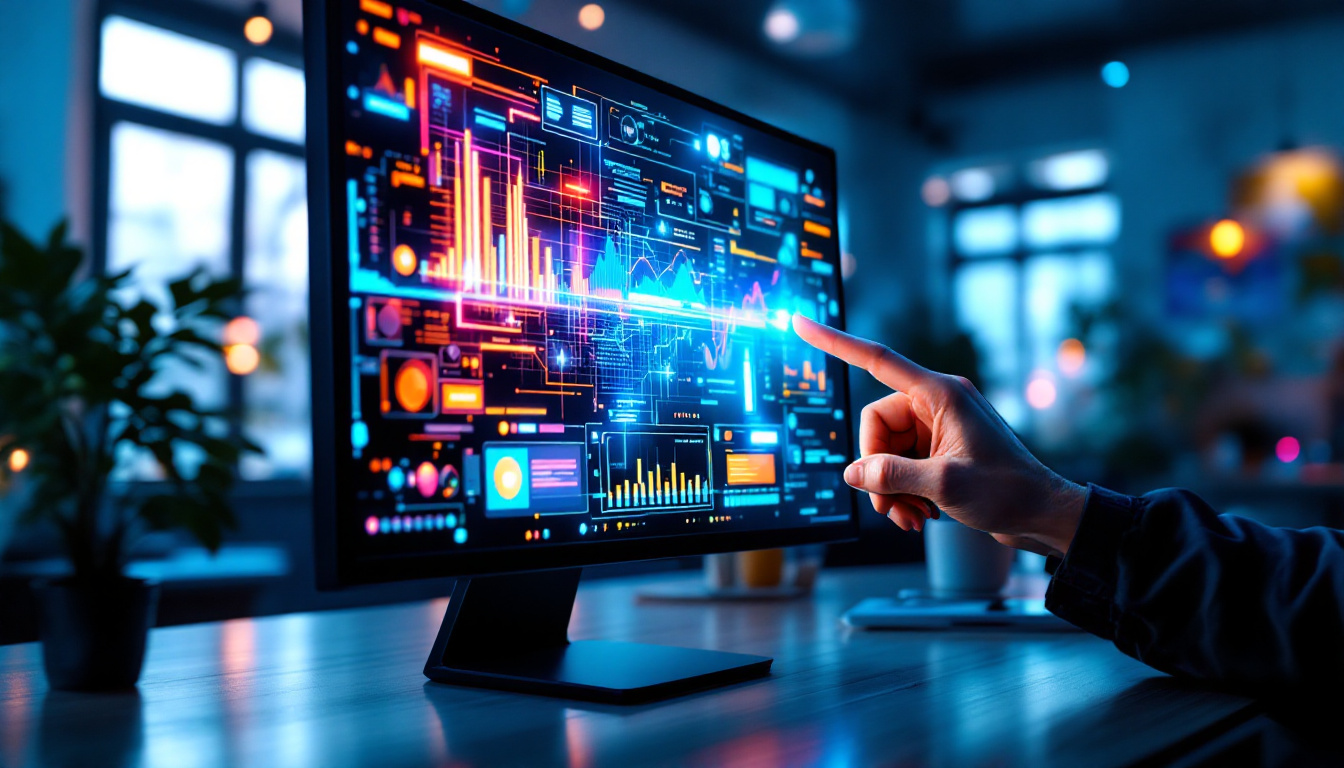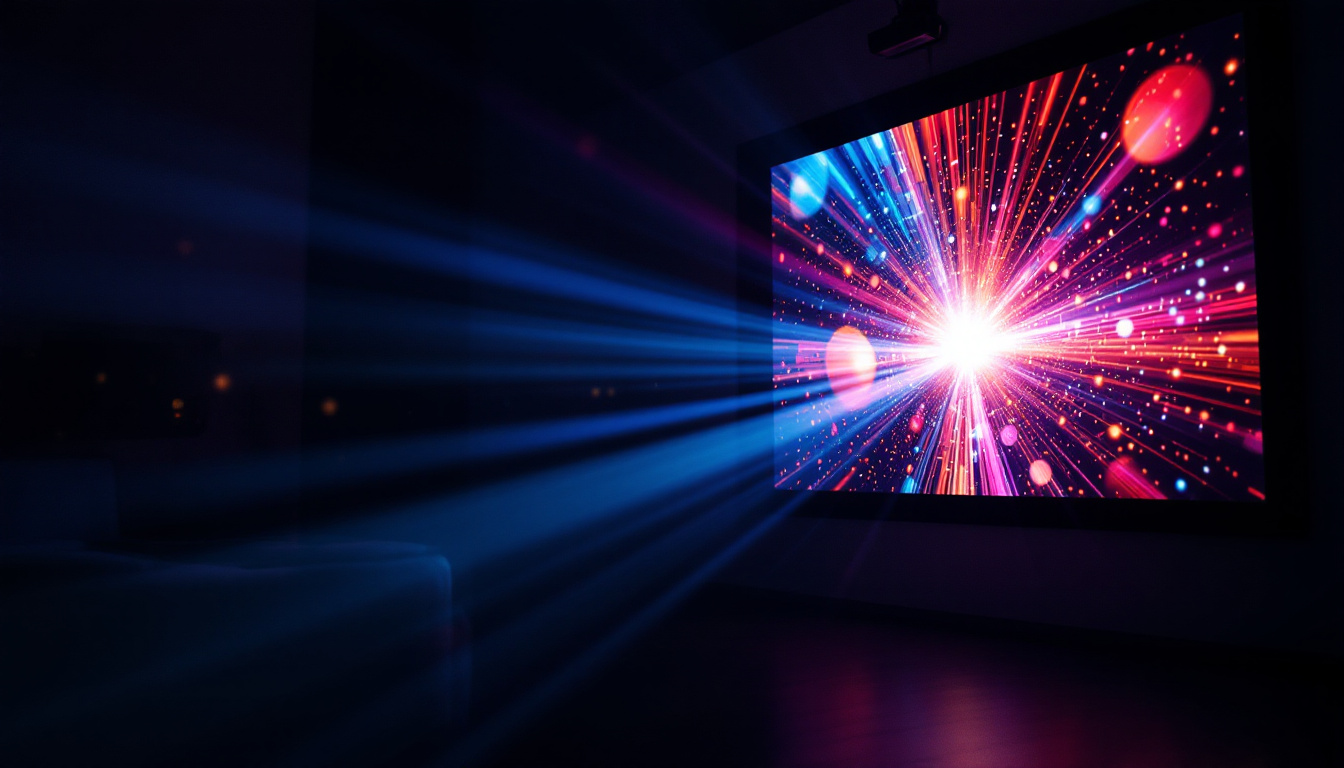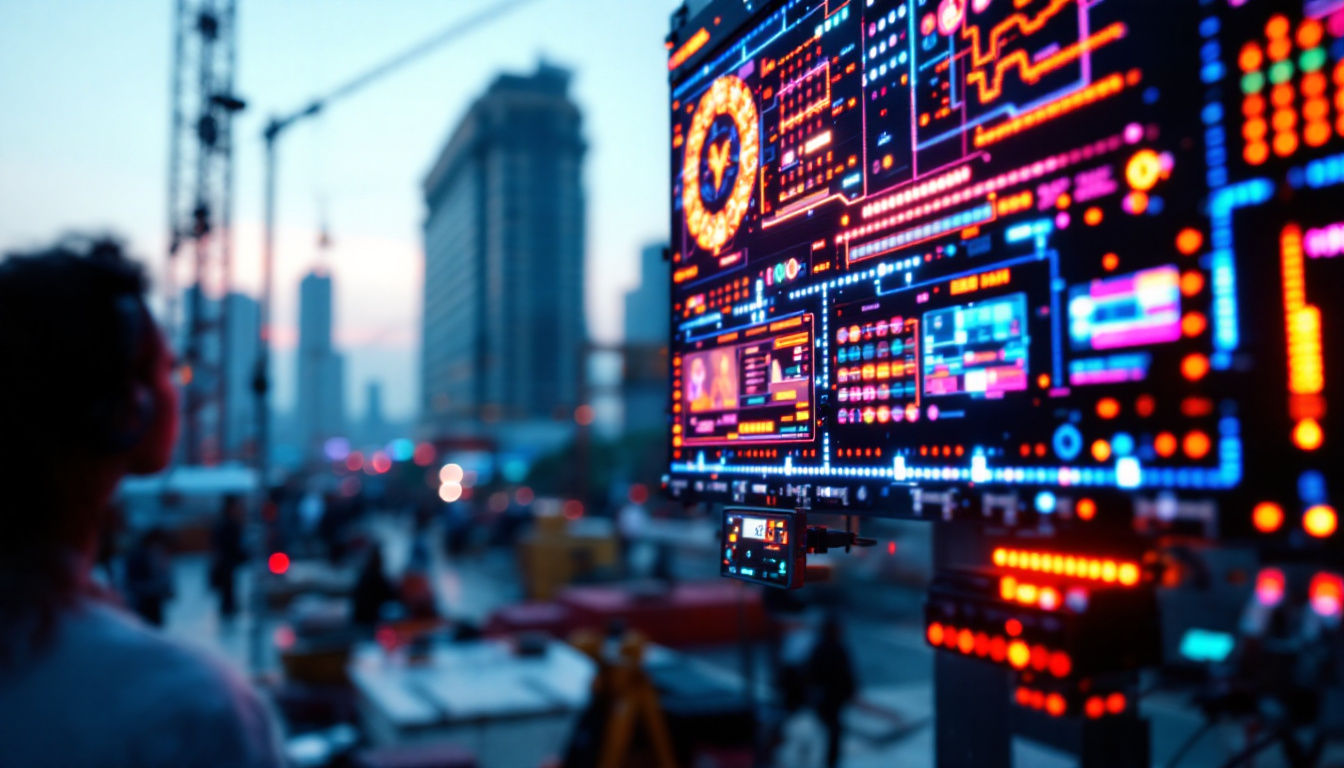In the realm of modern visual technology, LED displays have emerged as a transformative force. From advertising billboards to high-definition televisions, the versatility and efficiency of light panel video technology have made it a staple in various industries. This article delves into the intricacies of LED displays, exploring their functionality, applications, and the future of this innovative technology.
Understanding LED Technology
Light Emitting Diodes (LEDs) are semiconductor devices that emit light when an electric current passes through them. This fundamental principle underlies the operation of LED displays, which consist of an array of these tiny light sources. The ability to produce bright, vibrant colors while consuming minimal power sets LEDs apart from traditional display technologies.
The Basics of LED Operation
At its core, an LED display is composed of numerous individual LEDs arranged in a grid pattern. Each LED can be controlled independently, allowing for the creation of dynamic images and videos. The combination of red, green, and blue (RGB) LEDs enables the display to produce a wide spectrum of colors. By varying the intensity of each color, an LED display can render detailed images and videos with remarkable clarity.
One of the most significant advantages of LED technology is its energy efficiency. Compared to traditional incandescent bulbs or even older LCD screens, LED displays consume significantly less power, making them a more sustainable choice for both consumers and businesses. This efficiency translates not only into lower energy bills but also into a reduced carbon footprint.
Types of LED Displays
LED displays come in various forms, each designed for specific applications. The most common types include:
- Direct View LED Displays: These displays are made up of individual LEDs that create the image directly. They are often used for large outdoor billboards and digital signage due to their high brightness and visibility.
- LED Backlit LCD Displays: In this configuration, LEDs are used as a backlight for an LCD panel. This combination enhances color accuracy and contrast, making it ideal for televisions and computer monitors.
- Organic LED (OLED) Displays: Utilizing organic compounds that emit light when electrified, OLED displays offer superior color reproduction and viewing angles. They are commonly found in high-end televisions and smartphones.
Applications of LED Displays
The versatility of LED displays has led to their widespread adoption across various sectors. From entertainment to corporate environments, the applications are diverse and impactful.
Advertising and Marketing
One of the most prominent uses of LED displays is in advertising. Digital billboards and signage can capture the attention of passersby with vibrant colors and dynamic content. Advertisers can easily update their messages in real-time, allowing for targeted campaigns that can adapt to different audiences and times of day.
Moreover, the ability to display high-definition video content makes LED displays an effective tool for storytelling and brand engagement. Companies can create immersive experiences that resonate with consumers, ultimately driving sales and brand loyalty.
Entertainment and Events
In the entertainment industry, LED displays have revolutionized the way audiences experience live events. Concerts, sports games, and festivals utilize large LED screens to enhance the visual spectacle. These displays provide clear visuals from great distances, ensuring that every attendee can enjoy the performance, regardless of their location in the venue.
Additionally, LED technology enables the creation of stunning visual effects, such as synchronized light shows and interactive displays. This capability has made LED displays a favorite among event organizers looking to create memorable experiences.
Corporate and Educational Use
In corporate environments, LED displays are increasingly used for presentations, meetings, and internal communications. Their high visibility and clarity make them ideal for sharing information in conference rooms or large auditoriums. Companies can display data visualizations, videos, and live feeds, enhancing the overall effectiveness of their communication.
Similarly, educational institutions are adopting LED displays for classrooms and auditoriums. These displays facilitate interactive learning experiences, allowing teachers to present multimedia content that engages students. The ability to connect to various devices further enhances the educational experience, making learning more dynamic and accessible.
Benefits of LED Displays
The advantages of LED displays extend beyond mere aesthetics. Their numerous benefits contribute to their growing popularity across different sectors.
Energy Efficiency
As mentioned earlier, LED displays are significantly more energy-efficient than traditional display technologies. This efficiency not only reduces operational costs but also contributes to sustainability efforts. Businesses and consumers alike are increasingly prioritizing energy-efficient solutions, making LED displays an attractive option.
Longevity and Durability
LED displays are known for their longevity and durability. Unlike traditional bulbs that can burn out quickly, LEDs have a much longer lifespan, often exceeding 50,000 hours of use. This durability makes them a cost-effective investment, as they require less frequent replacements and maintenance.
Furthermore, LED displays are resistant to shocks and vibrations, making them suitable for outdoor applications where environmental factors can pose challenges. This robustness ensures that they can withstand the rigors of various settings, from bustling city streets to dynamic event venues.
High-Quality Visuals
The visual quality of LED displays is another key advantage. With the ability to produce bright, sharp images and a wide color gamut, LED technology ensures that content is displayed with remarkable clarity. This quality is particularly important in applications where detail matters, such as medical imaging or high-definition video production.
Additionally, advancements in LED technology have led to improvements in contrast ratios and refresh rates, enhancing the overall viewing experience. Whether it’s for a movie, a video game, or a corporate presentation, LED displays deliver stunning visuals that captivate audiences.
Challenges and Considerations
Despite their many advantages, LED displays are not without challenges. Understanding these limitations is essential for making informed decisions regarding their use.
Initial Cost
One of the primary challenges associated with LED displays is their initial cost. While prices have decreased over the years, high-quality LED displays can still represent a significant investment. For small businesses or individuals, this upfront cost may be a barrier to entry.
However, it’s important to consider the long-term savings associated with energy efficiency and reduced maintenance costs. Over time, the return on investment can justify the initial expenditure, particularly for businesses that rely heavily on visual displays.
Viewing Angles and Brightness
While LED displays offer excellent brightness, viewing angles can vary depending on the type of display. Direct view LED displays may have limited viewing angles, which can affect visibility from certain positions. This limitation is particularly relevant in large venues where audience members may be seated at various angles.
To mitigate this issue, it’s essential to choose the right type of LED display for the intended application. Understanding the specific needs of the audience and the environment can help ensure that the display performs optimally.
Heat Management
LED displays generate heat during operation, which can impact performance if not managed properly. High temperatures can lead to reduced lifespan and performance degradation. Therefore, effective heat management solutions, such as cooling systems or proper ventilation, are crucial for maintaining optimal performance.
When designing or selecting an LED display, it’s important to consider the environmental factors and ensure that appropriate measures are in place to manage heat effectively.
The Future of LED Displays
As technology continues to evolve, the future of LED displays looks promising. Innovations in design, functionality, and efficiency are set to redefine the landscape of visual technology.
Advancements in MicroLED Technology
One of the most exciting developments in the LED display industry is the emergence of MicroLED technology. MicroLED displays consist of microscopic LEDs that can be arranged to form high-resolution images. This technology offers several advantages, including improved color accuracy, higher brightness levels, and greater flexibility in design.
MicroLED displays have the potential to revolutionize various applications, from consumer electronics to large-scale digital signage. As manufacturers continue to refine this technology, it may soon become the standard for high-end displays.
Integration with Augmented and Virtual Reality
Another area of growth for LED displays lies in their integration with augmented reality (AR) and virtual reality (VR) technologies. As these immersive technologies gain traction, the demand for high-quality displays that can deliver realistic visuals will increase.
LED displays are well-suited for AR and VR applications due to their ability to produce vibrant colors and high refresh rates. This compatibility opens up new possibilities for interactive experiences in gaming, training, and education.
Smart Displays and Connectivity
The rise of the Internet of Things (IoT) is also influencing the future of LED displays. Smart displays that can connect to the internet and communicate with other devices are becoming increasingly common. This connectivity enables real-time data sharing, remote management, and interactive features that enhance user engagement.
As businesses continue to seek innovative ways to connect with their audiences, smart LED displays will play a crucial role in shaping the future of communication and advertising.
Conclusion
LED displays have fundamentally changed the way information is presented and consumed. Their energy efficiency, longevity, and high-quality visuals make them an invaluable asset across various industries. While challenges exist, ongoing advancements in technology promise to address these limitations and further enhance the capabilities of LED displays.
As the digital landscape continues to evolve, embracing LED technology will be essential for businesses and organizations looking to stay competitive. Whether in advertising, entertainment, or education, LED displays are poised to play a pivotal role in shaping the future of visual communication.
Discover LumenMatrix LED Display Solutions
As you consider the transformative impact of LED displays on visual communication, take the next step with LumenMatrix. Our commitment to innovation ensures that our range of LED display modules, from Indoor and Outdoor LED Wall Displays to specialized solutions like Vehicle and Sports Displays, will elevate your brand’s presence and captivate your audience. Experience the future of LED technology today and check out LumenMatrix LED Display Solutions to bring your visual messaging to life with clarity and impact.

